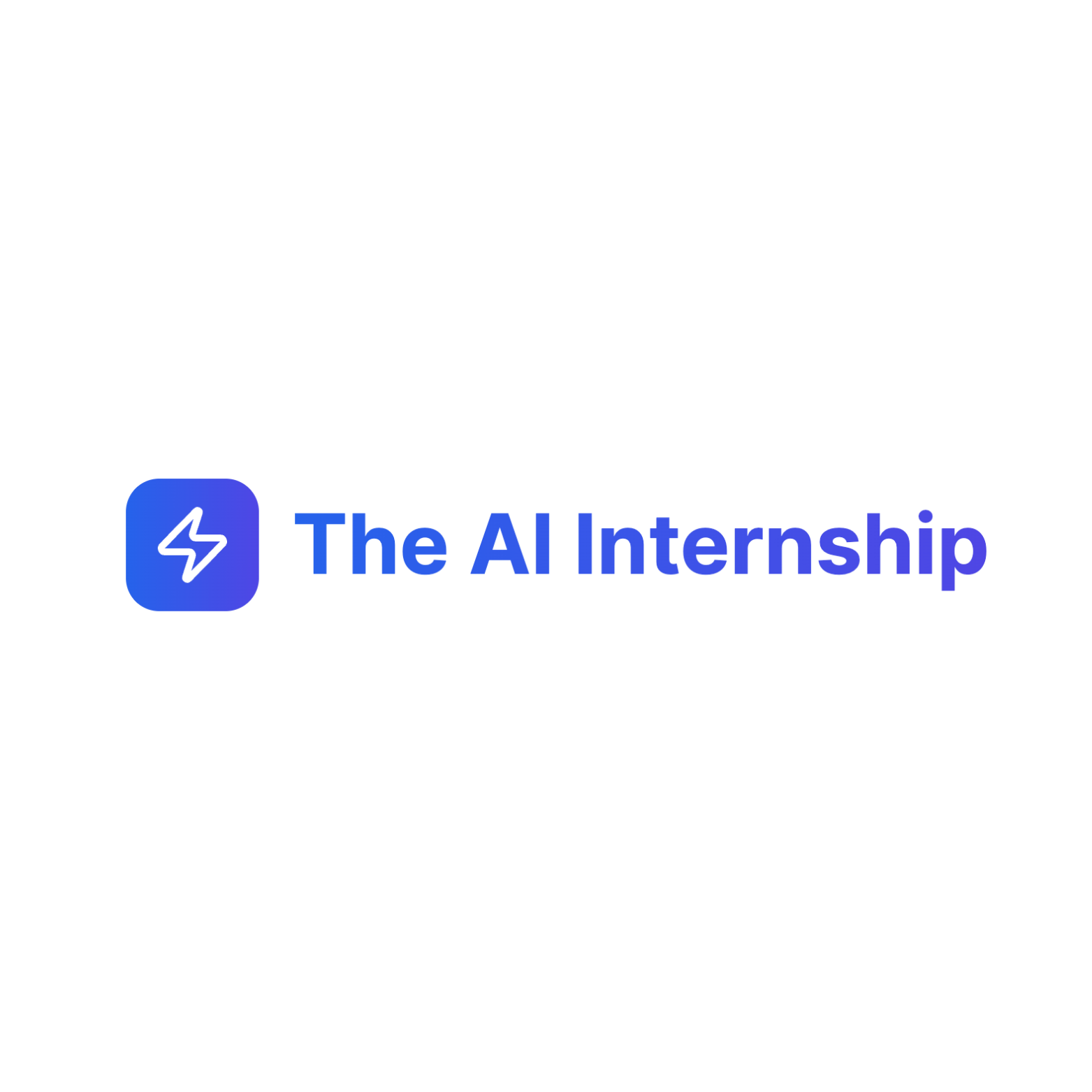AI System Design Interview Mastery: Architecture & Scalability Guide 2025
Master AI system design interviews with comprehensive architecture patterns, scalability strategies, and real-world examples. Learn to design ML systems that handle millions of users and petabytes of data.
Key Takeaways
- Comprehensive strategies proven to work at top companies
- Actionable tips you can implement immediately
- Expert insights from industry professionals
🏗️ System Design Mastery
Learn to design scalable AI systems that power the world's leading tech companies
AI system design interviews are the ultimate test of your technical depth and architectural thinking. They separate junior developers from senior engineers and determine who gets the most coveted positions at top tech companies.
"The best AI system design answers don't just show technical knowledge—they demonstrate business understanding, scalability thinking, and the ability to make trade-offs under constraints."
System Design Fundamentals for AI
🎯 What Makes AI System Design Different
AI systems have unique challenges that traditional system design doesn't address:
- Model Inference Latency: Real-time vs. batch processing trade-offs
- Data Pipeline Complexity: ETL for massive, diverse datasets
- Model Versioning: A/B testing and rollback strategies
- Computational Resources: GPU clusters and cost optimization
The AI System Design Framework
📋 The SCALE Framework
S - Scope
Define requirements, constraints, and scale
C - Components
Identify core system components
A - Architecture
Design high-level architecture
L - Logic
Detail critical algorithms and flows
E - Evaluation
Discuss trade-offs and optimizations
Most Common AI System Design Questions
Here are the top 10 questions you'll encounter, with detailed approach strategies:
1. Design a Recommendation System (Netflix/Amazon)
Key Components to Discuss:
- Data Collection: User behavior, item metadata, contextual data
- Feature Engineering: User profiles, item embeddings, collaborative filtering
- Model Architecture: Deep learning vs. matrix factorization trade-offs
- Serving Infrastructure: Real-time vs. batch processing
- Evaluation Metrics: Precision@K, NDCG, business metrics
💡 Pro Tip
Always discuss the cold start problem and how to handle new users/items with limited data.
2. Design a Search Engine (Google/Bing)
Architecture Components:
- Crawling: Web crawler architecture, politeness policies
- Indexing: Inverted index, distributed storage
- Ranking: PageRank, machine learning ranking models
- Query Processing: Intent recognition, query expansion
- Serving: Caching strategies, load balancing
Essential Architecture Patterns
Pattern 1: Lambda Architecture for ML
🔄 Batch + Stream Processing
Batch Layer
- Historical data processing
- Model training and retraining
- Feature engineering at scale
- Comprehensive analytics
Speed Layer
- Real-time inference
- Online learning updates
- Streaming feature computation
- Low-latency predictions
Pattern 2: Microservices for ML
Breaking down monolithic ML systems into manageable services:
🔧 Service Decomposition Strategy
Data Service
Data ingestion, validation, preprocessing
Feature Service
Feature extraction, transformation, storage
Model Service
Model training, validation, versioning
Inference Service
Prediction serving, A/B testing
Scalability Strategies
Horizontal Scaling for ML Workloads
📈 Scaling Dimensions
Training Scale
- Data parallelism across GPUs
- Model parallelism for large models
- Distributed training frameworks
- Gradient synchronization strategies
Inference Scale
- Model ensembles and sharding
- Caching and memoization
- Load balancing strategies
- Auto-scaling based on demand
Performance Optimization Techniques
⚡ Optimization Strategies
Model Optimization
- Model quantization
- Knowledge distillation
- Pruning and compression
- TensorRT optimization
Infrastructure Optimization
- GPU memory management
- Batch size optimization
- Pipeline parallelization
- Custom CUDA kernels
Data Optimization
- Feature selection
- Data compression
- Efficient data formats
- Streaming data processing
Monitoring and Observability
AI systems require specialized monitoring beyond traditional applications:
ML-Specific Monitoring Metrics
📊 Key Metrics to Track
Model Performance
- Prediction accuracy over time
- Model drift detection
- Feature importance changes
- Confidence score distributions
System Performance
- Inference latency (P95, P99)
- Throughput (predictions/sec)
- Resource utilization
- Error rates and types
Real-World Case Studies
🏆 Case Study: Netflix Recommendation System
Challenge: Serve personalized recommendations to 200M+ users with sub-second latency
Solution Architecture:
- Offline Pipeline: Spark-based feature engineering and model training
- Online Serving: Microservices architecture with Redis caching
- A/B Testing: Real-time experimentation framework
- Monitoring: Custom metrics for engagement and model performance
Key Learnings: Importance of feature stores, real-time/batch hybrid approach, and business metric optimization
Interview Success Tips
🎯 Interview Strategy
Do's
- Ask clarifying questions about scale
- Start with simple design, then add complexity
- Discuss trade-offs and alternatives
- Consider both technical and business constraints
Don'ts
- Jump into implementation details too early
- Ignore non-functional requirements
- Assume unlimited resources
- Forget about data quality and bias
Preparation Checklist
📋 30-Day Preparation Plan
Week 1-2
- Study system design fundamentals
- Learn distributed systems concepts
- Practice basic ML system designs
Week 3-4
- Mock interview practice
- Study real-world architectures
- Deep dive into scalability patterns
🚀 Ready to Ace Your AI System Design Interview?
Join our comprehensive program where you'll practice system design with real industry scenarios and get personalized feedback from experienced engineers.
The AI Internship Team
Expert team of AI professionals and career advisors with experience at top tech companies. We've helped 500+ students land internships at Google, Meta, OpenAI, and other leading AI companies.
Ready to Launch Your AI Career?
Join our comprehensive program and get personalized guidance from industry experts who've been where you want to go.
Table of Contents
Share Article
Get Weekly AI Career Tips
Join 5,000+ professionals getting actionable career advice in their inbox.
No spam. Unsubscribe anytime.
